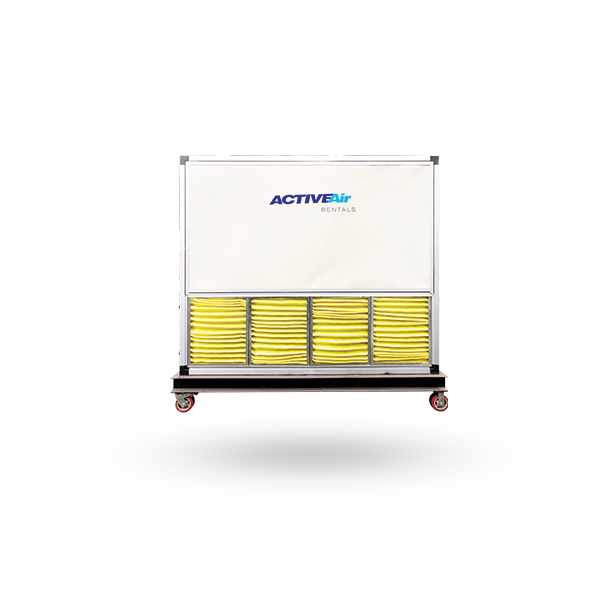Choosing the right air-handling unit requires users to answer many questions, ranging from the unit’s size to necessary capabilities. Nevertheless, before starting the selection process, users have to note that picking the perfect unit may be almost impossible since they will usually be forced to compromise certain competing criteria.
Users are responsible for keeping the balance and prioritising all decisions regarding efficiency, maintainability, performance, and space constraints for air handling unit hire with the lowest life cycle expense for a particular application. This article offers basic information on the types of air-handling units and the best tips on how to pick the right air handling unit.
Type of air handling units
Before opting for an air handling unit hire, users should first familiarise themselves with the common types of air handling units available on the market today, which include:
- Fan coils or blower coils: Amongst the air handling units, this group the simplest and smallest ones. They usually contain little more than a heat transfer coil and a fan. They typically come with a simple filter to prevent the coils from getting dirty quickly. Generally, they feature simple controls, have a single temperature zone, and are usually less efficient than the larger units category.
- Packaged air handling units: These units are commonly found in smaller commercial and building applications, especially rooftop units. They usually come with coils, filters, fans, and dampest in one casing. The casing typically consists of air condition compressors and heating means, such as heat pump coils, gas burners, and electric heating coils.
- Modular air handling units: These units enable users to choose specific components house in modules having compatible construction and cross-sections. They can pick the type of fans, coils, filters, casing, and accessories from various options. The modules can either be shipped independently and assembled on-site or assembled in the factory. The modular units usually offer great flexibility and can meet most requirements for air processing.
- Custom air handling units: These units are available in almost any configuration the users may need. Generally, they offer the highest-quality construction typically utilised in industrial or institutional applications, which require extreme conditions, high flow rates, and very close control. They are also used in irregular spaces that would not fit a normal modular line.
Tips for selecting the right air handling unit for the job
Contractors or users can tailor the air handling units’ components and size to accommodate a construction’s performance requirements, space constraints, and budget. Selecting the right unit can make installation faster and easier, saving them money and time.
Here are some best tips for choosing the right air handling units for a project:
- Consider the building’s or facility’s needs and requirements: Apart from the building’s needs, users must also consider the units’ features, advantages, and installation options. A particularly designed unit for a specific application ensures a reliable operation, speedy installation, and satisfied users. An air handling unit for an office building, for instance, needs distinct functionalities and maintenance levels than one which is placed in a hospital operating room.
- Consider the unit’s functionalities and energy sources: Several components can be added to a unit to address certain functions, such as cooling, heating, humidification, filtration, and energy recovery, depending on the application. Moreover, the unit can be customised to supports many energy sources to distribute the conditioned air in the most cost-effective way possible.
- Consider the ease-of-installation: A smooth and efficient installation ensures the job is performed on time without incurring any extra expenses. Will the unit arrive on-site in one piece, or do the users need to assemble the components and site?
Conclusion
Air handling units come in various types. When choosing a unit, users should consider its functionalities, features, benefits, customization, ease-of-installation, and the building’s requirements.



